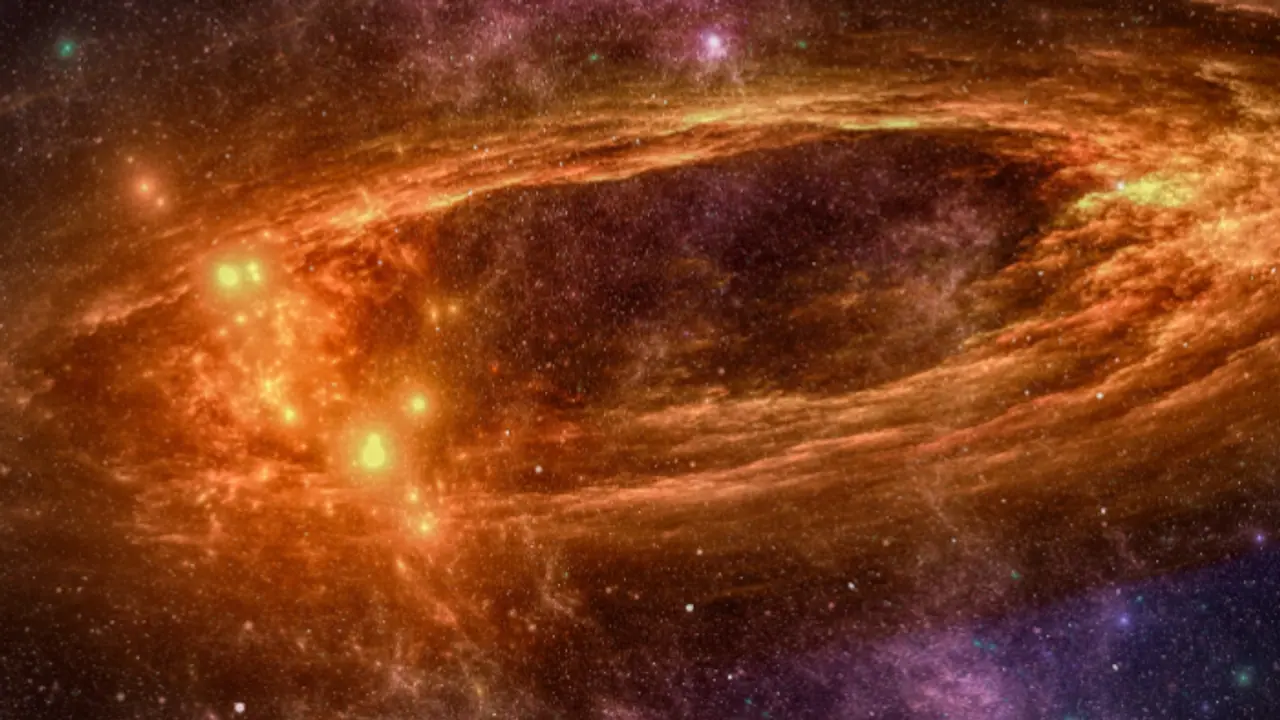New research confirms that supernovas can become ultra-powerful particle accelerators, or "PeVatrons," but only if they explode into dense gas clouds. This explains why such events remain rare and difficult to observe directly.
In a major breakthrough, scientists have found that supernovas, the explosive deaths of massive stars, can become the universe’s most powerful natural particle accelerators. But this only happens under one crucial condition: the star must blow off, and then keep close, a massive cloud of gas before it dies.

Cosmic rays, the high-energy particles that frequently hit Earth, have puzzled astronomers for nearly a century. These rays, mainly made of protons and heavier atomic nuclei, travel through space at nearly the speed of light. Some of them pack so much energy over one peta-electron volt (PeV), or a million billion electron volts, that they dwarf even the most powerful man-made accelerators like the Large Hadron Collider.
For years, astronomers suspected that supernovas were the source of these ultra-energetic particles, known as PeV cosmic rays. The logic made sense: supernovas are extremely violent explosions, capable of releasing vast energy, flooding space with particles, and generating strong magnetic fields. But observations of nearby supernova remnants like Tycho and Cassiopeia A failed to show any evidence of such extreme activity.
Now, new research accepted for publication in Astronomy & Astrophysics has revived the supernova theory but with a twist.
The team behind the study found that not all supernovas are capable of producing PeV cosmic rays. Only certain ones, those surrounded by a thick, compact shell of material, become what scientists call “PeVatrons.” This surrounding shell must contain at least twice the mass of our Sun, blown off by the dying star in its final stages of life. Crucially, this gas shell must stay dense and close, rather than spreading out too far into space.
Once the star explodes, the supernova's shock wave slams into this dense cloud. The collision sets off an intense storm of magnetic fields that grab random subatomic particles from the cloud and begin accelerating them. The particles bounce back and forth within the shock wave, gaining more energy with each pass. Eventually, they reach PeV-level energies and escape into the universe as cosmic rays.
However, this cosmic slingshot doesn't last long. Within a few months, the shock wave loses momentum, and the system can no longer push particles to such extreme energies. It continues to emit cosmic rays, but not at the same furious power.
This short time frame, just a few months, explains why we’ve never directly observed a PeVatron in action. Supernovas do occur in our Milky Way galaxy every few decades, but none have exploded close enough in recent times for us to catch that brief window of extreme particle acceleration.
For now, astronomers will have to wait and watch closely. The next nearby supernova could be our best chance to witness one of nature’s most powerful particle accelerators in action.


